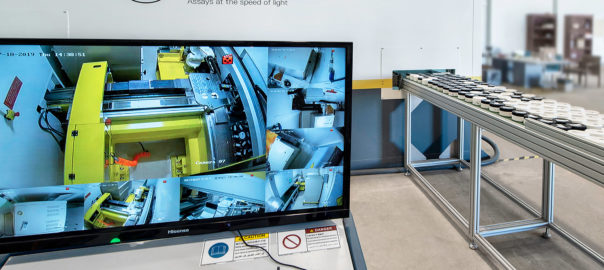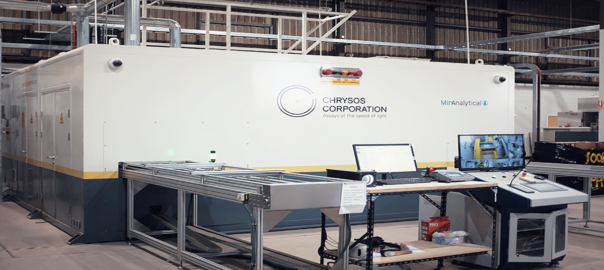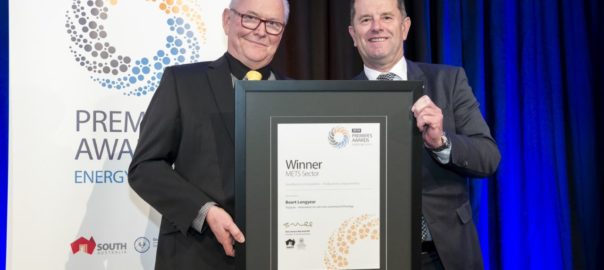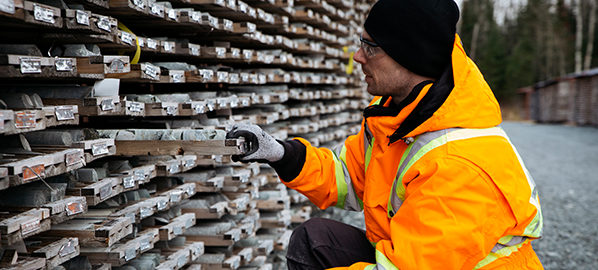Chrysos’ PhotonAssay technology is set to make a debut in the Western Africa market after Capital Ltd’s MSALABS signed a provisional five-year agreement with Societe Des Mines De Morila SA at the Morila gold mine in Mali.
The mine, which has an existing drilling contract with Capital Ltd, is 80%-owned by Firefinch. The ASX-listed company acquired the mine in November 2020 with the view to increase production at the 4.5 Mt/y mill from a current annual production profile of 40,000 oz/y of gold from tailings treatment, towards a target of 70,000-90,000 oz/y of gold through mining of small open pits, stocks and tailings from mid-2021. In 2022, Firefinch plans to increase production to 150,000-200,000 oz/y by re-commencing mining from the main Morila pit.
The contract, which remains subject to final terms and conditions, could see the first PhotonAssay arrive on site before the end of the year. This would be the first Chrysos unit to be deployed in Western Africa, according to Capital.
This news came out in the release of the company’s interim results, which outlined a 51.6% year-on-year boost in revenue to $98.7 million and a 238.6% boost in adjusted profit to $12.7 million.
Capital said the initial Chrysos unit had arrived in Tanzania and was in transit to the Bulyanhulu laboratory, with commissioning anticipated imminently, with the Chrysos team now on site.
An additional Chrysos unit secured for Canada was scheduled for arrival in Val d’Or, Quebec, in the December quarter, representing an expansion of MSALABS’ presence in the country and entry into the prolific Abitibi Belt. Capital Ltd said offtake discussions are well advanced for the unit’s capacity.
Capital Ltd Executive Chairman, Jamie Boyton, said of the Photon Assay tech: “Chrysos has the potential to disrupt the geochemical analysis sector and we are encouraged by the demand we see as we prepare to roll out the second unit in Val d’Or in Quebec, Canada, in the December quarter of this year, and the third at Morila in Mali soon thereafter.”
Driven in part by increasing industry focus on safety, sustainability and sample turnaround time, Chrysos PhotonAssay is competing with the centuries-old fire assay process in the gold assaying market. Chrysos says the technology, which originated out of a CSIRO project, is fast taking over fire assay to be the preferred technology of miners and laboratories seeking a solution to the supply chain and environmental challenges created by traditional gold assaying methods.
Hitting samples with high-energy X-rays, PhotonAssay causes excitation of atomic nuclei allowing enhanced analysis of gold, silver and complementary elements in as little as two minutes, Chrysos claims. Importantly, the non-destructive process allows large samples of up to 500 g to be measured and provides a “true” bulk reading independent of the chemical or physical form of the sample.












